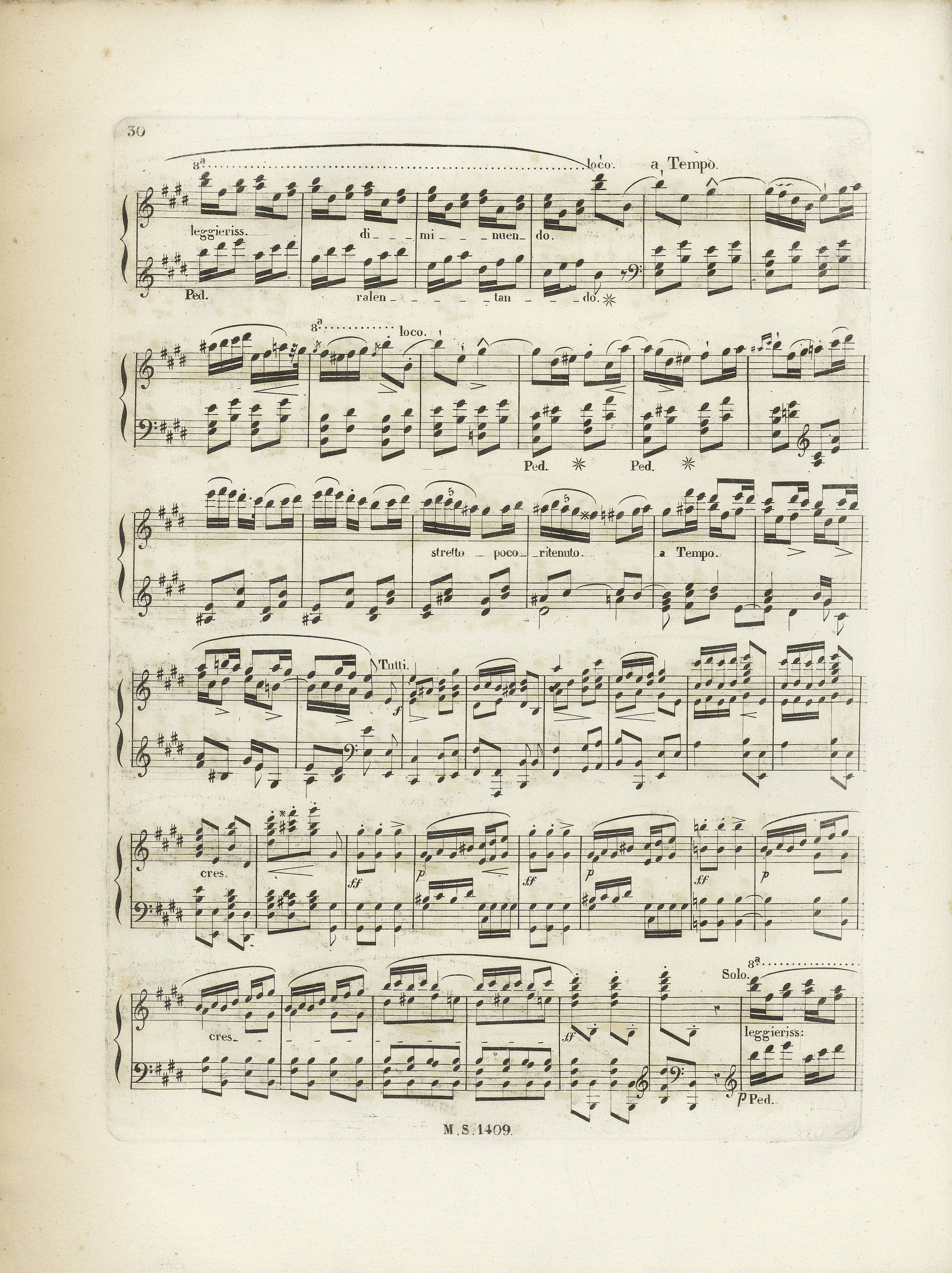Op. 2, Variations in B♭ major
Op. 10, 12 Etudes
Op. 11, Concerto in E minor
Op. 21, Concerto in F minor
Op. 22, Polonaise in E♭ major
Op. 24, 4 Mazurkas
Op. 25, 12 Etudes
Op. 26, 2 Polonaises
Op. 27, 2 Nocturnes
Op. 28, 24 Preludes
Op. 30, 4 Mazurkas
Op. 35, Sonata in B♭ minor
Op. 50, 3 Mazurkas
Op. 63, 3 Mazurkas
Op. 64, 3 Waltzes
(Op. 4), Sonata in C minor




Op. 11, Concerto in E minor, Mvt III
We may doubt whether the rhythmic variant occurring in FE (→EE,GE1→GE2), almost unnoticeable in relation to analogous bars 60, 288 and 289, was intended by Chopin. Similar types of imprecise notation took place in Chopin’s works, cf., e.g. bar 377. Therefore, we cannot rule out that it is the unified, concurrent with the remaining bars version in GE3 that corresponds to the composer's intent.
Compare the passage in the sources »
category imprint: Differences between sources
issues: GE revisions, Dotted or even rhythm
notation: Rhythm



